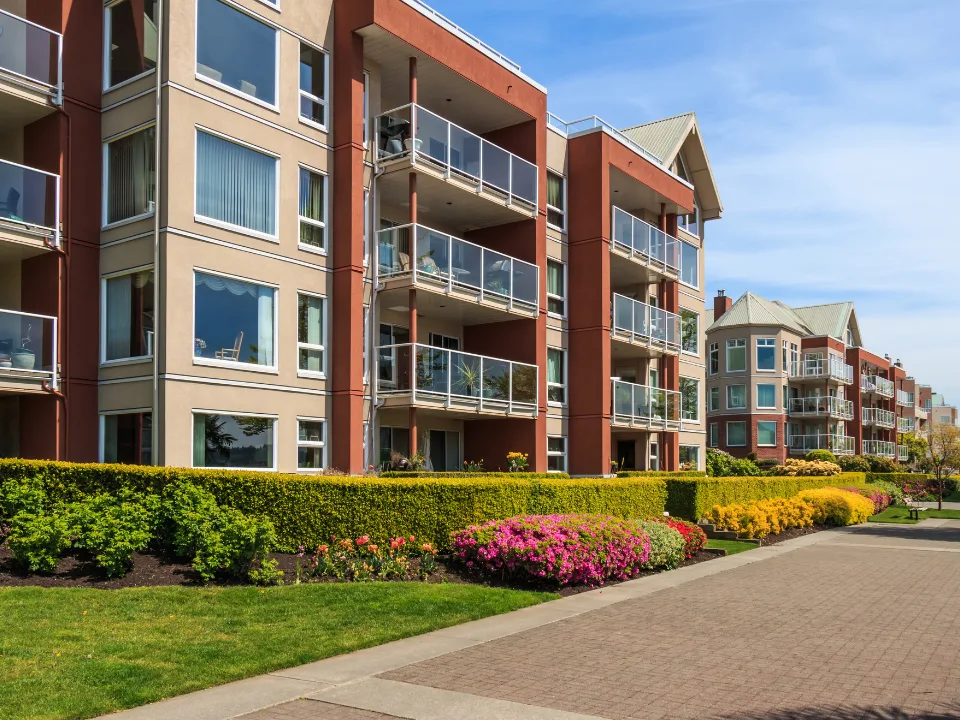- To meet demand, the U.S. needs an estimated 4.3M more apartment units by 2035, but affordability challenges are keeping many renters from transitioning to homeownership.
- Asking rents remain 20% above pre-pandemic levels but have started to stabilize, with national rents dropping slightly YoY.
- Rent trends vary widely, with cities like New York and Boston experiencing growth, while Sun Belt boom towns like Austin and Raleigh see declines.
- Landlords are increasingly offering concessions to attract tenants, particularly in Class A and B units, highlighting an oversupply in some markets.
According to Coldwell Banker Commercial’s fall trend report, multifamily rentals are starting to stabilize after significant fluctuations during and after the pandemic.
As reported in GlobeSt, while some signs point to balance, underlying challenges like supply shortfalls and affordability barriers remain.
Supply And Demand Dynamics
The National Multifamily Housing Council estimates that the U.S. will require 4.3M more apartment units by 2035 to meet demand. This includes addressing the 600K-unit deficit caused by underbuilding after the 2008 Great Recession.
Adding to the pressure, Freddie Mac estimates that 1.5M vacant homes—both for sale and for rent—are needed to bring vacancy rates back to historical norms.
Rent Trends Stabilizing
Asking rents are still 20% higher than pre-pandemic levels, but the national median rent is beginning to stabilize, hovering around $1.4K. According to Apartment List data, rents are now $10 cheaper per month compared to last year.
Some markets, particularly in the Sun Belt, have seen sharper declines due to oversupply. Cities like Austin, Tucson, and Raleigh experienced rent drops ranging from 5.7% to 2.2% over the past year.
However, not all regions are reporting declines. New York City (5.4%), Kansas City (4.2%), and Boston (3.4%) are among the top 10 markets with rent growth, showing localized demand.
More Concessions
To address oversupply in some areas, landlords are offering more concessions. Fannie Mae data shows that nearly 21% of all multifamily properties provided average concessions of 5% in Q2.
Concessions for Class A units rose from 13.5% in 2023 to 20% in 2024, while concessions for Class B and C units saw similar increases, reflecting pressure to attract tenants in competitive markets.
Looking Ahead
While the rental market appears to be stabilizing, challenges remain in addressing the nation’s housing supply gap and balancing affordability.
Markets will likely continue to vary by region, with oversupplied areas adjusting through concessions and high-demand markets driving growth. As landlords navigate these dynamics, the path to true equilibrium may take years to achieve.
Get Smarter about what matters in CRE
Stay ahead of trends in commercial real estate with CRE Daily – the free newsletter delivering everything you need to start your day in just 5-minutes
















